
- Quick contact : 9447749270
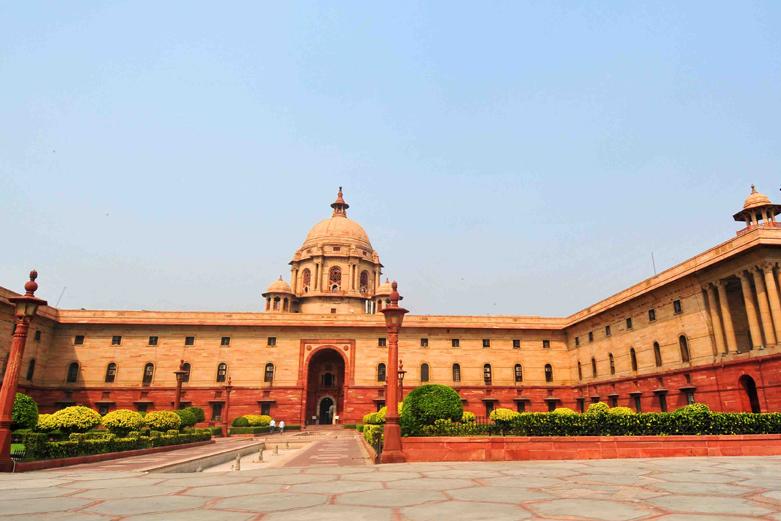
Parliament House

Agra
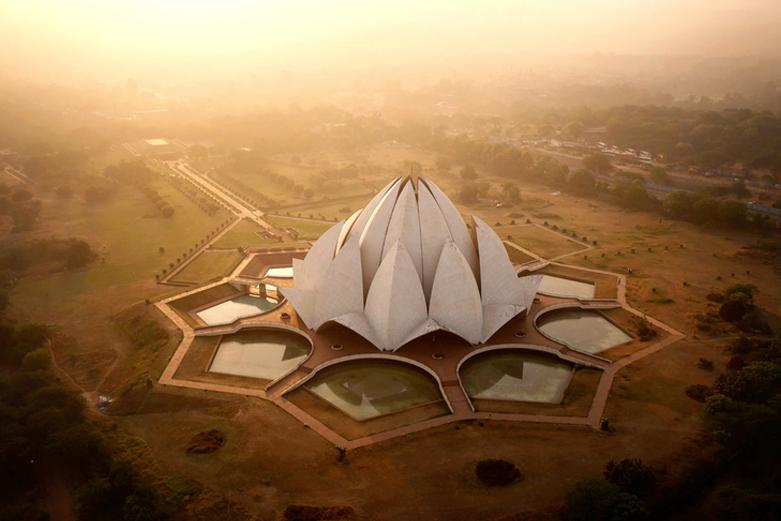
Lotus Temple
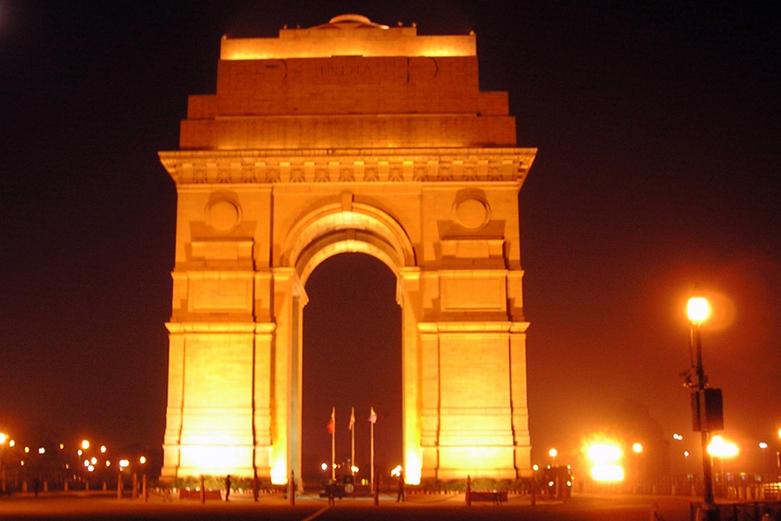
India Gate
The towering archway of India Gate at the center of New Delhi is a war memorial, built in memory of the Indian soldiers who lost their lives fighting for the British Army in World War I. At night it glows warmly under floodlights, and the gardens that line its boulevard are a popular place to enjoy a warm summer's evening.
- Location: Rajpath, near Connaught Place, New Delhi.
- Entry Cost: Free.
- Opening Hours: Always open.
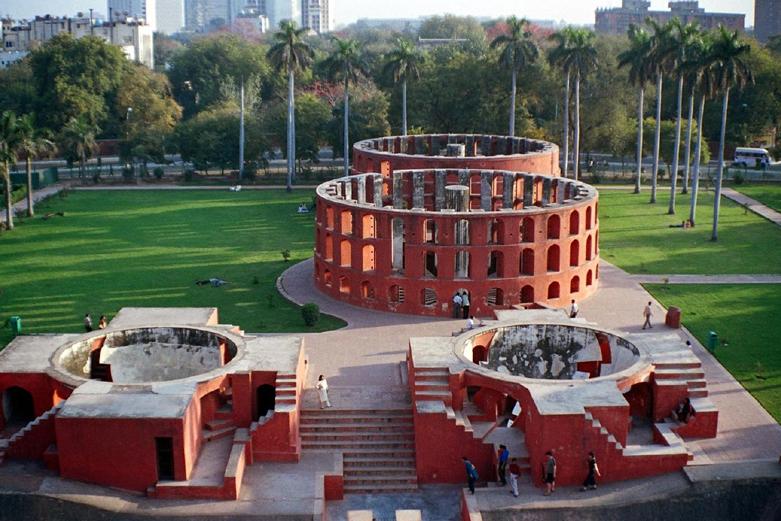
Jantar Mantar
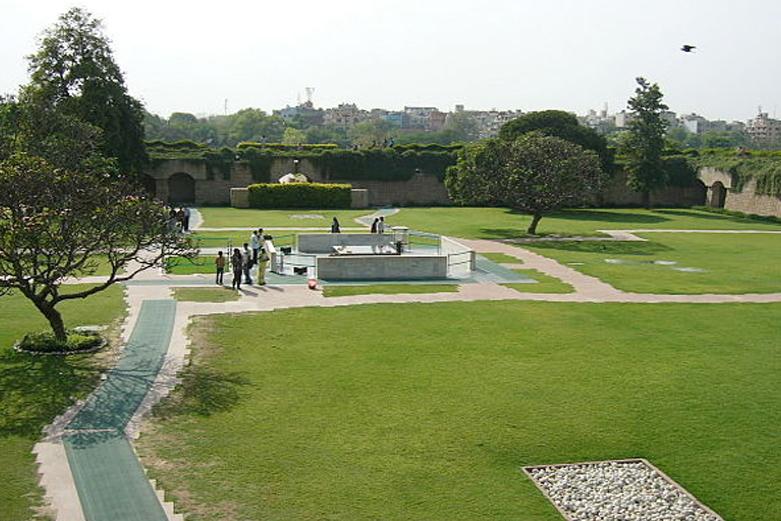
Raj Ghat
8. Gandhi Smriti and Raj Ghat
A visit to Gandhi Smriti will show you the exact spot where Mahatma Gandhi, affectionately referred to as the Father of the Nation, was assassinated on January 30, 1948. He lived in the house for 144 days up until the time of his death. The room that he slept in, kept exactly how he left it, and the prayer ground where he held a mass congregation every evening are both open to the public. Plenty of photos, sculptures, paintings, and inscriptions are also on display. You can also visit his memorial at Raj Ghat.
- Location: 5 Tees January Marg, central New Delhi.
- Entry Cost: Free.
- Opening Hours: From 10 a.m. to 5 p.m. Tuesday to Sunday.
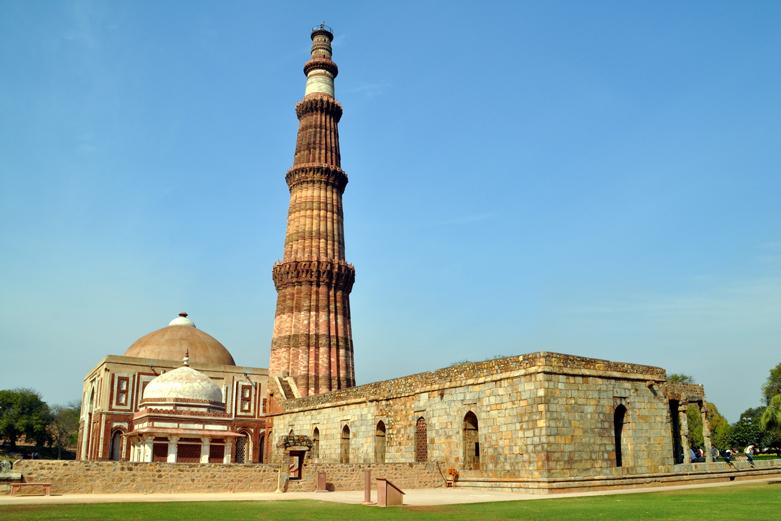
Qutab Minar
Qutab Minar, the tallest brick minaret in the world, is an incredible example of early Indo–Islamic architecture. It was built in 1206, but the reason remains a mystery. Some believe that it was made to signify victory and the beginning of Muslim rule in India, while others say it was used to call the faithful to prayer. The tower has five distinct stories, and is covered with intricate carvings and verses from the holy Quran. There are also a number of other historic monuments on the site.
- Location: Mehrauli, south New Delhi.
- Entry Cost: Foreigners, 250 rupees. Indians, 10 rupees. Free for children under 15 years.
- Opening Hours: Sunrise until sunset, daily.
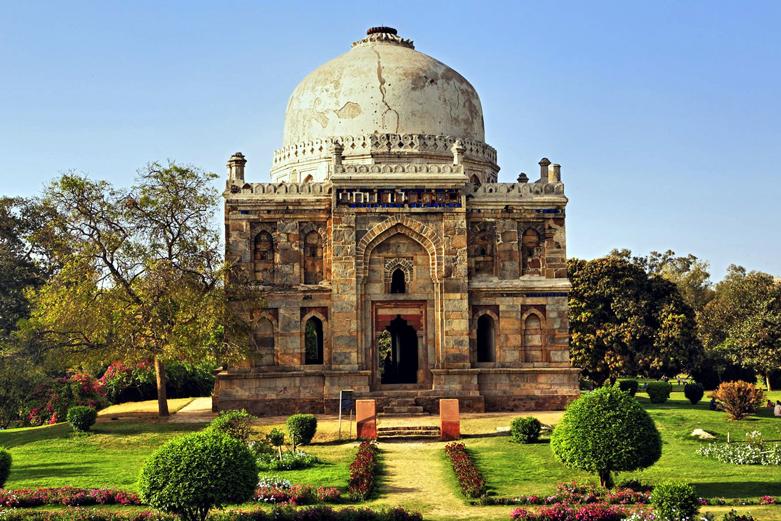
Lodi Gardens
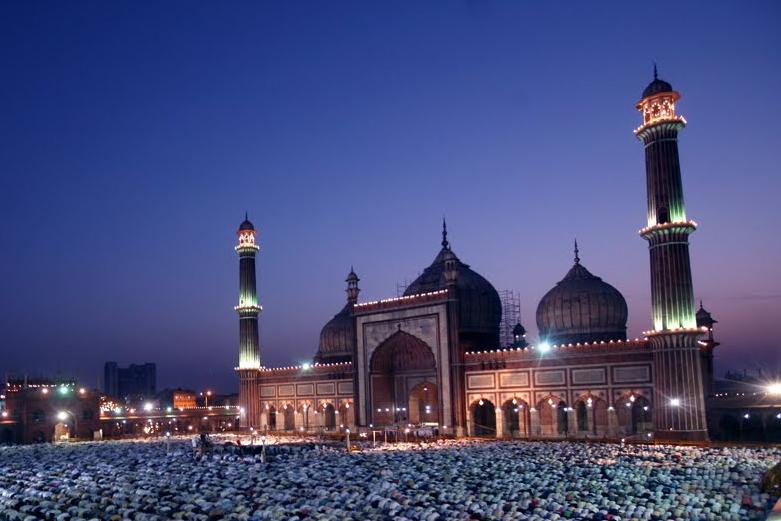
Jama Masjid

Red Fort
 Need Quick Assistance ?
Need Quick Assistance ?  +91 9447749270
+91 9447749270  booking@merrygoldholidays.com
booking@merrygoldholidays.com